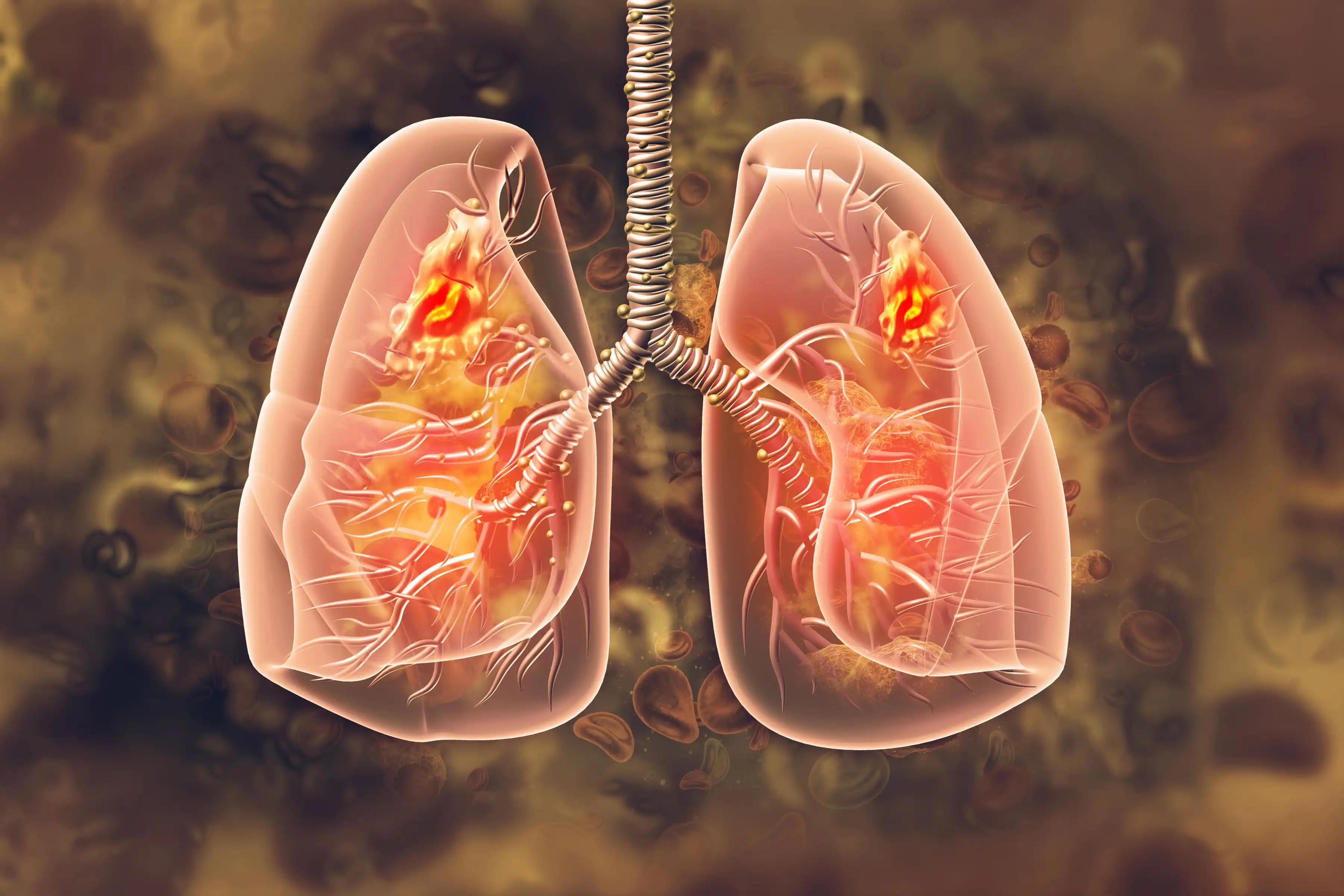KEY TAKEAWAYS
- ATTRACTION-2 (NCT02538666) Phase 3 study examined the HPD upon intake of Nivolumab±ipilimumab vs. Placebo.
- The researchers aimed to compare the incidence of Hyperprogressive Disease (HPD) after treatment with nivolumab±ipilimumab to spontaneous tumor growth with a placebo.
- The patients were randomly assigned to take one of the drugs: Nivolumab (177 pts), nivolumab+ipilimumab (179 pts), and placebo (175 pts)
- The study shows that Nivolumab+ipilimumab reduced the number of patients who experienced increases in SLD ≥ 20% and ≥ 50%, while placebo had a similar effect on the number of patients who saw increases in SLD ≥ 100%.
Hyperprogressive disease (HPD) has been linked to the use of immune checkpoint inhibitors (ICIs), according to previous studies. In past analyses of two randomized, double-blind clinical trials, researchers compared the incidence of HPD after therapy with nivolumab+ipilimumab to spontaneous tumor growth with a placebo.
In the ATTRACTION-2 study, Nivolumab 3 mg/kg Q2W or placebo was randomly assigned to participants who had advanced gastric or gastroesophageal junction cancer (GC/GEJC) and had progressed on two prior regimens.
Patients in the CheckMate 451 trial were assigned to receive either nivolumab 240 mg Q2W, nivolumab 1 mg/kg+ipilimumab 3 mg/kg Q3W for four doses, then nivolumab 240 mg Q2W, or placebo if they had extensive-disease small cell lung cancer (ED SCLC) and a continuing complete/partial response or stable disease after first-line chemotherapy.
To be included in the HPD analysis, patients must have received at least one study drug dosage and had tumor scans at both baselines and the first on-treatment evaluation. At the initial on-treatment assessment, HPD was defined as a 20%, 50%, or 100% increase in the ssum of the longest diameters (SLD).
Of the total number of patients evaluated for HPD in the ATTRACTION-2 trial, 243 were given nivolumab, and 115 were given a placebo. Nivolumab reduced the number of patients who experienced increases in SLD by ≥ 20% (33.7% vs. 46.1%) and ≥ 50% (6.2% vs. 11.3%). In comparison, the placebo had a similar effect on the number of patients who saw increases in SLD ≥ 100% (1.6% vs. 1.7%).
There were 177 nivolumab, 179 nivolumab+ipilimumab, and 175 placebo patients in the CheckMate 451 HPD evaluable group. Increase in SLD ≥ 20% (27.1%, 27.4% vs. 45.7%), 50% (10.2%, 11.2% vs. 22.3%), and ≥ 100% (2.8%) were observed in a smaller percentage of patients who received nivolumab or nivolumab+ipilimumab than those who received placebo.
Previous observations of HPD may represent the normal disease course in some patients rather than ICI-mediated progression, as nivolumab ipilimumab was not linked with an increased rate of progression compared to placebo in patients with GC, GEJC, or ED SCLC.
Source: https://pubmed.ncbi.nlm.nih.gov/35383114/
Clinical trial: https://clinicaltrials.gov/ct2/show/NCT02538666
Kang, Y. K., Reck, M., Nghiem, P., Feng, Y., Plautz, G., Kim, H. R., Owonikoko, T. K., Boku, N., Chen, L. T., Lei, M., Chang, H., Lin, W. H., Roy, A., Bello, A., & Sheng, J. (2022). Assessment of hyperprogression versus the natural course of disease development with nivolumab with or without ipilimumab versus placebo in phase III, randomized, controlled trials. Journal for immunotherapy of cancer, 10(4), e004273. https://doi.org/10.1136/jitc-2021-004273



